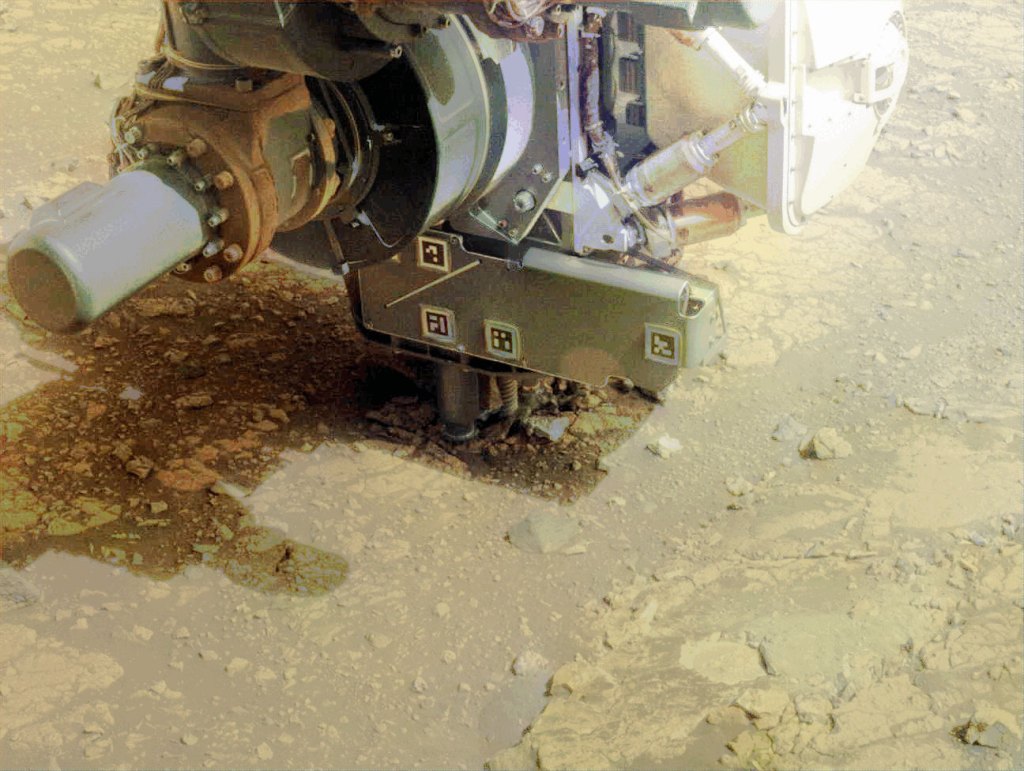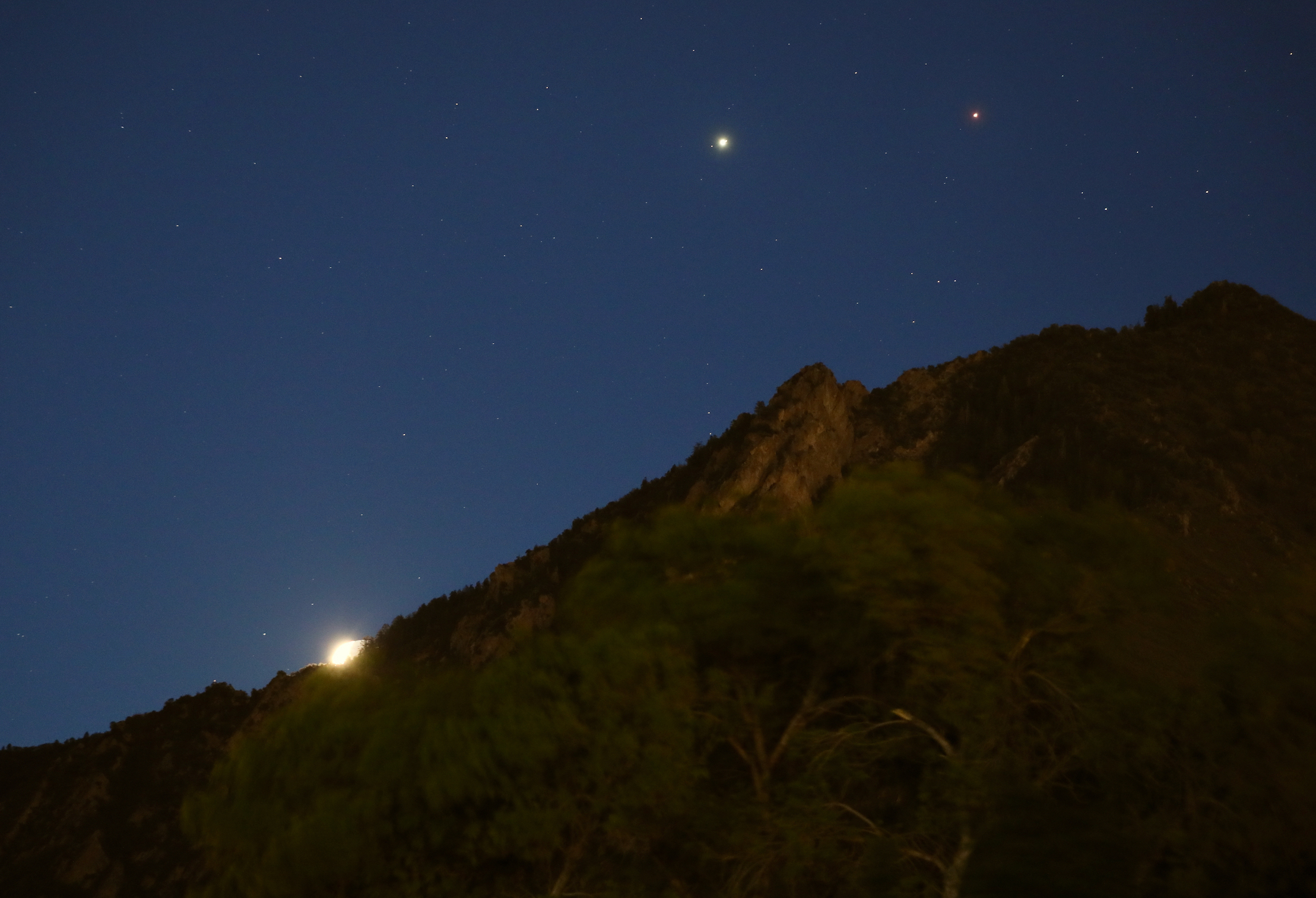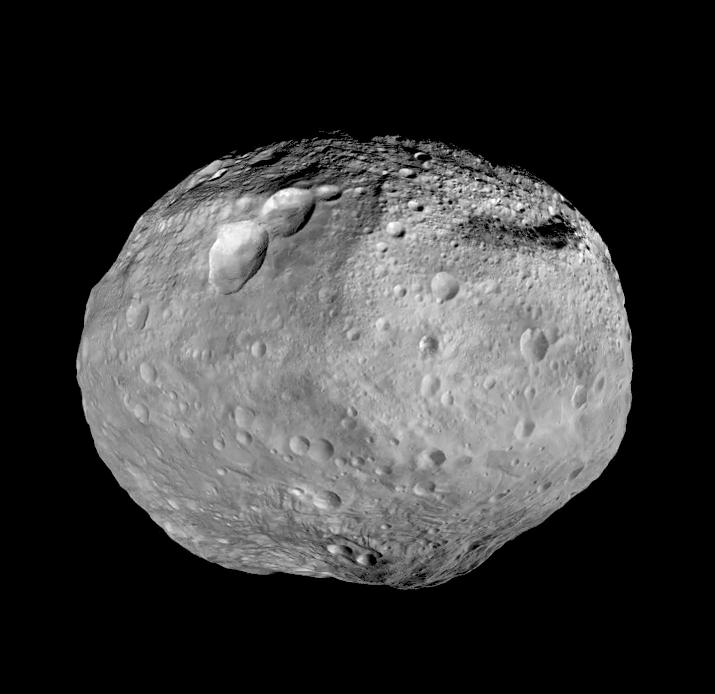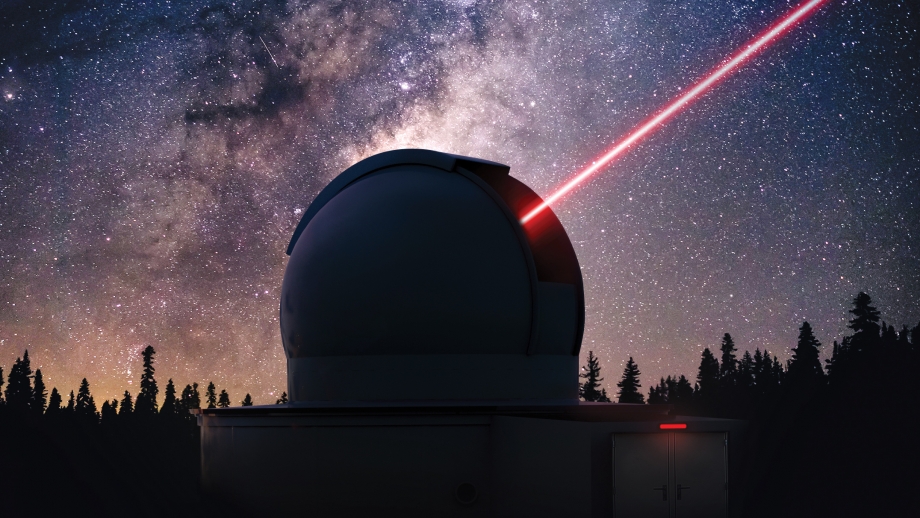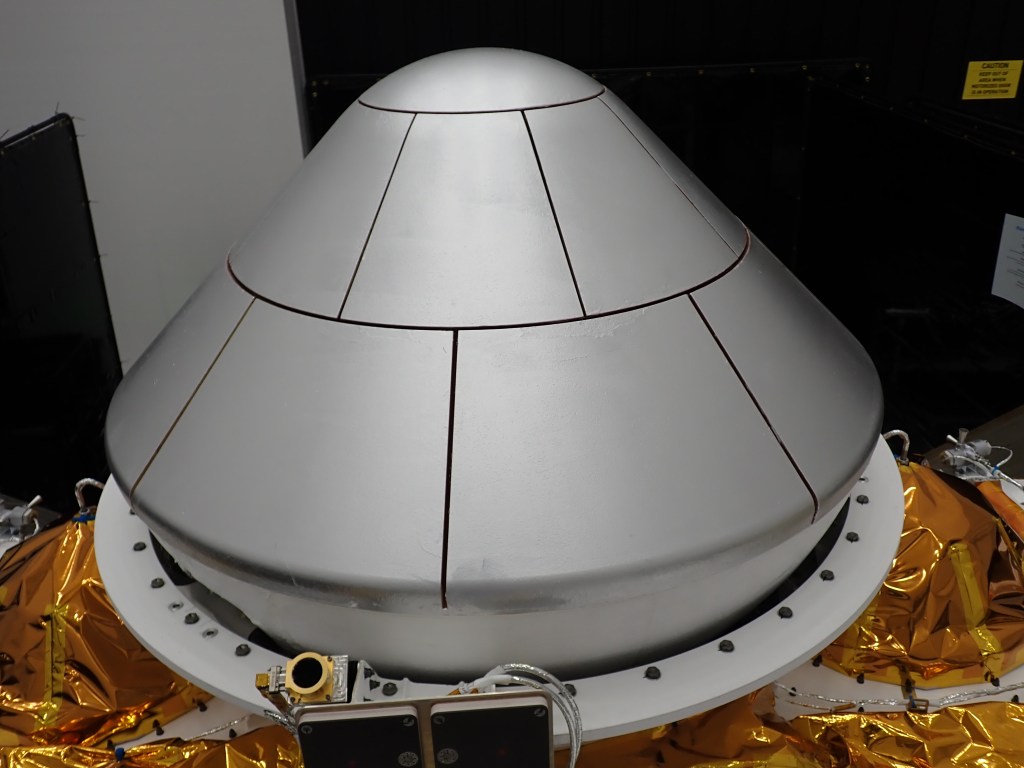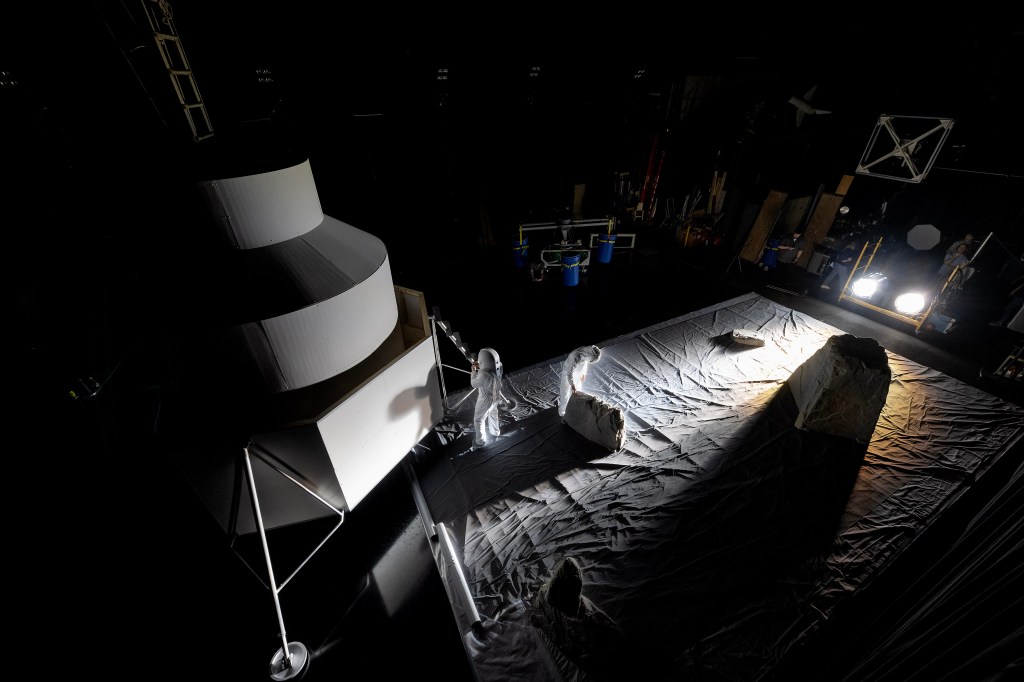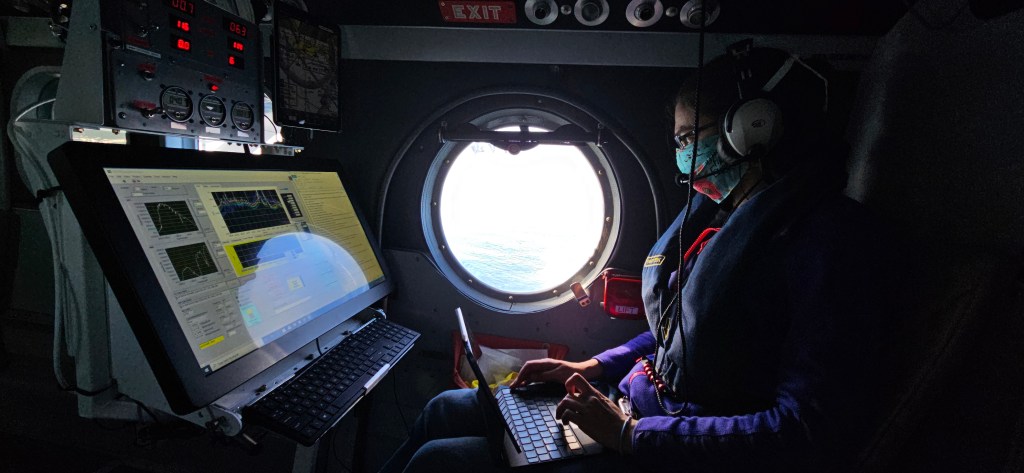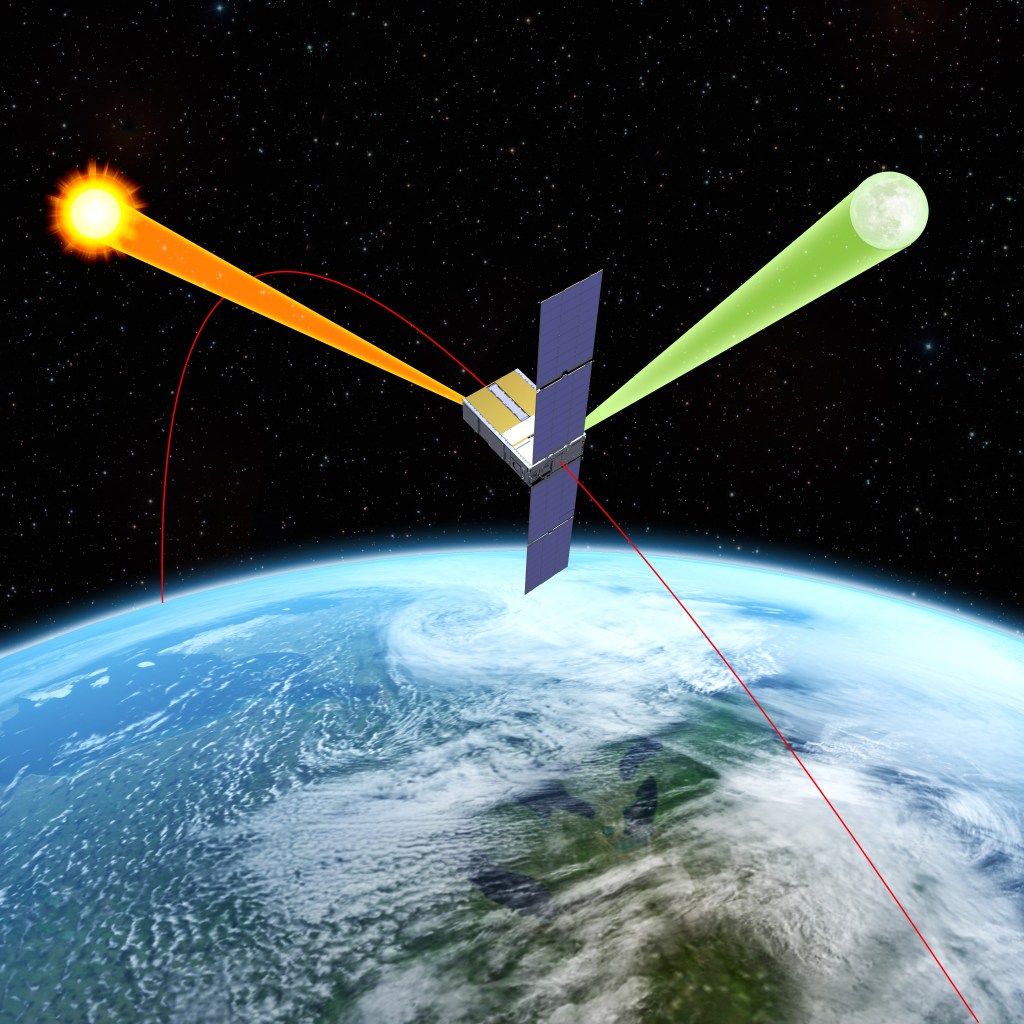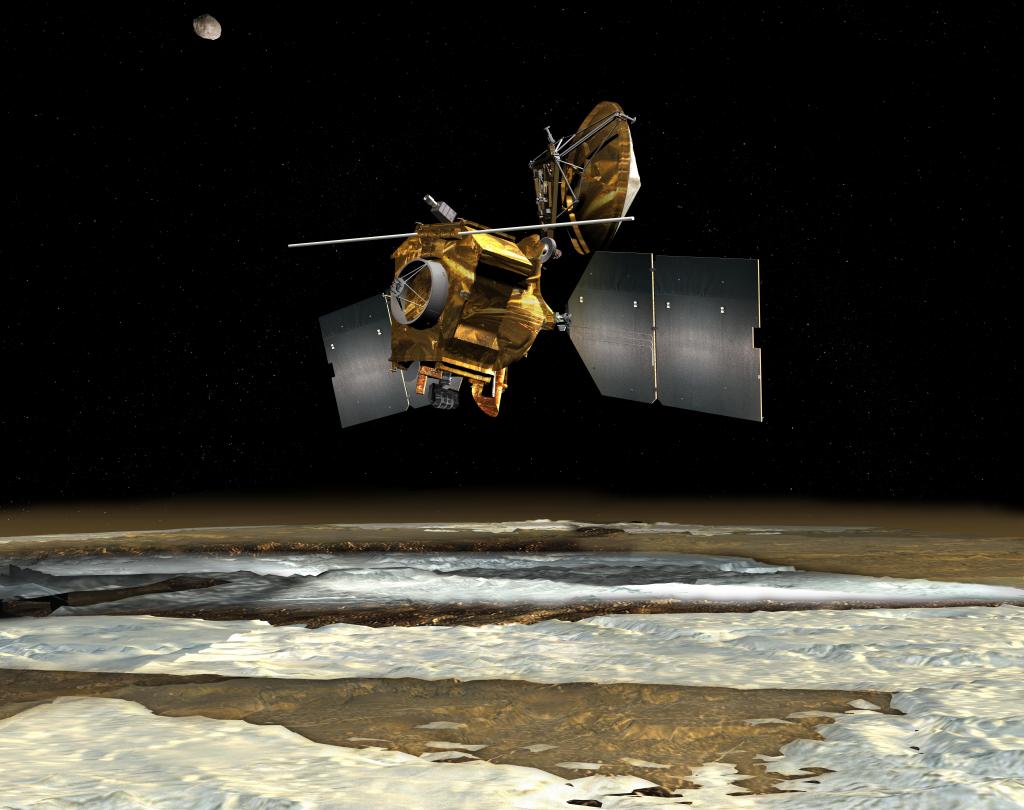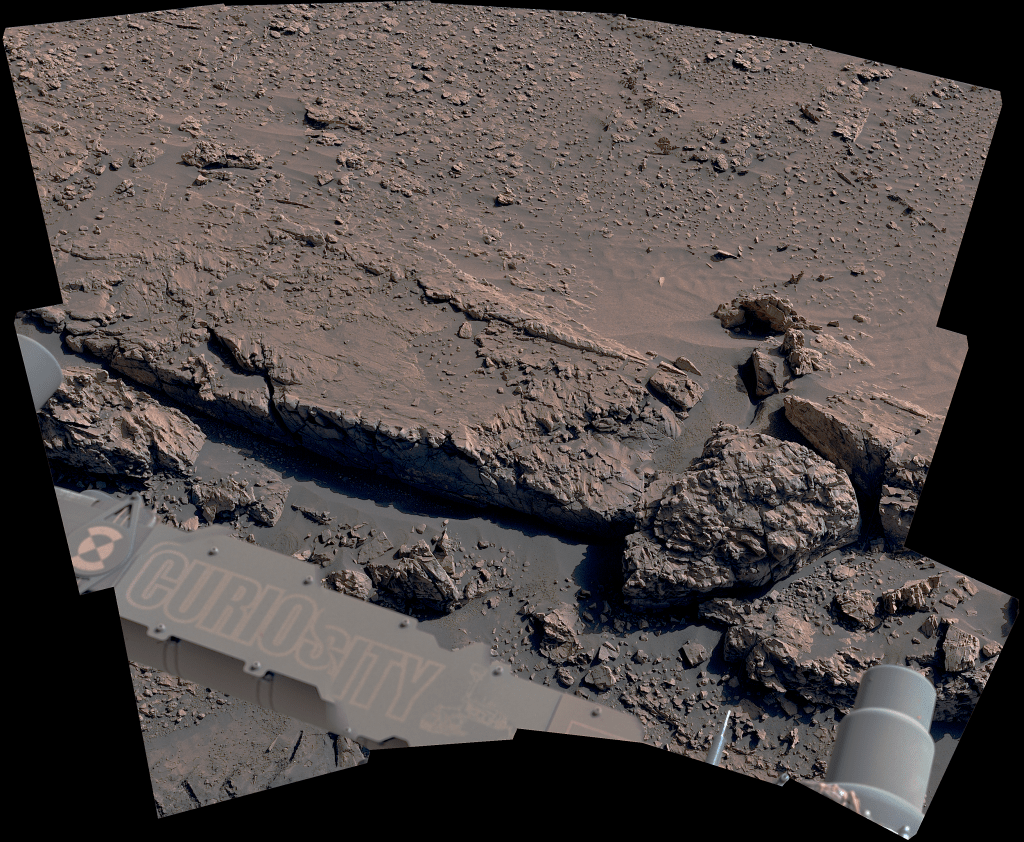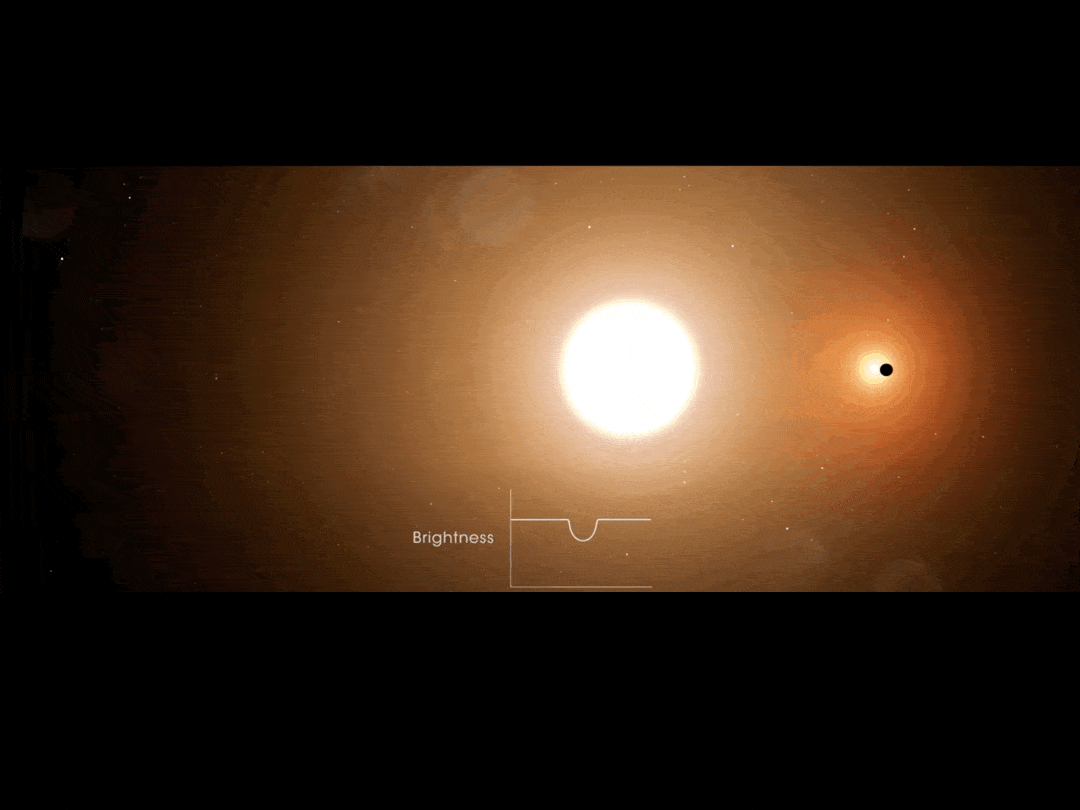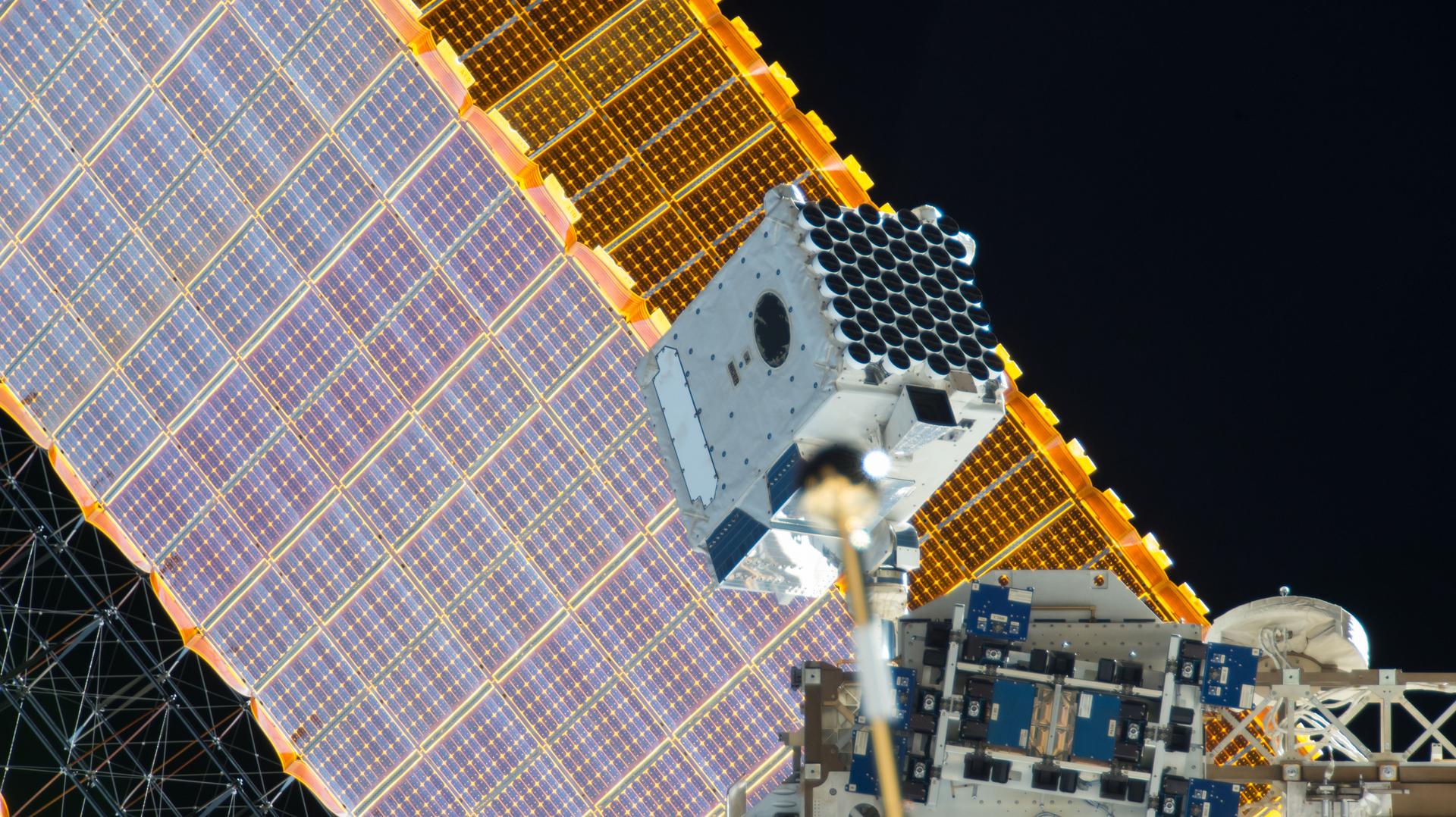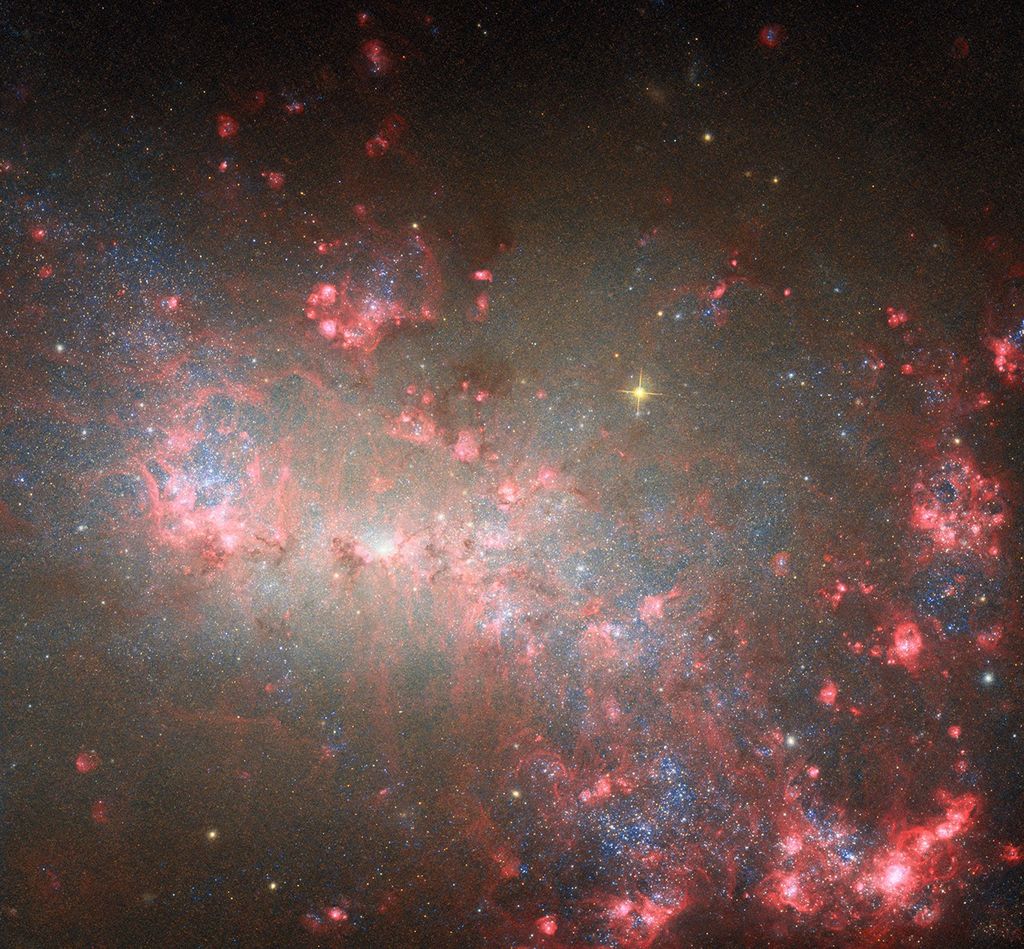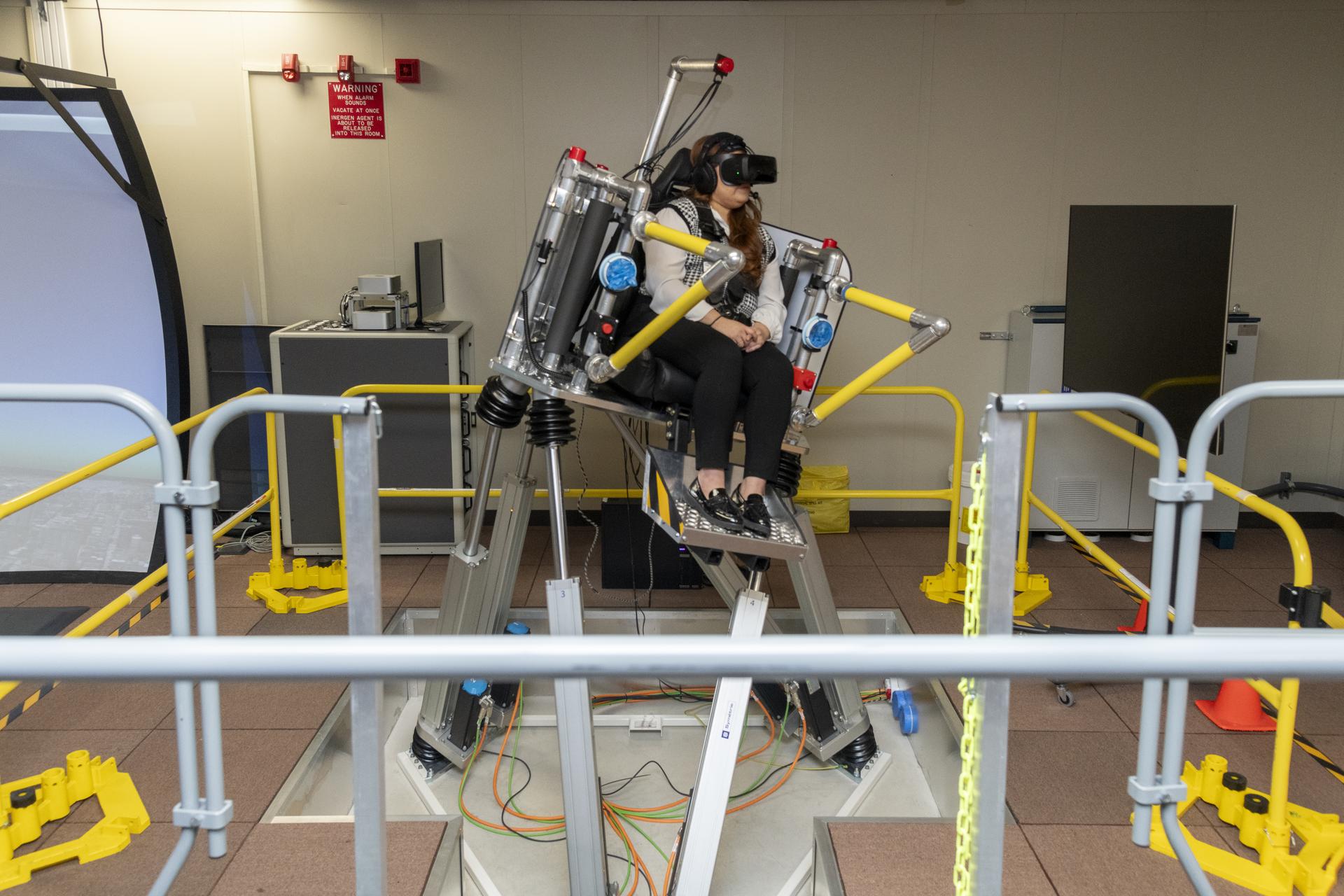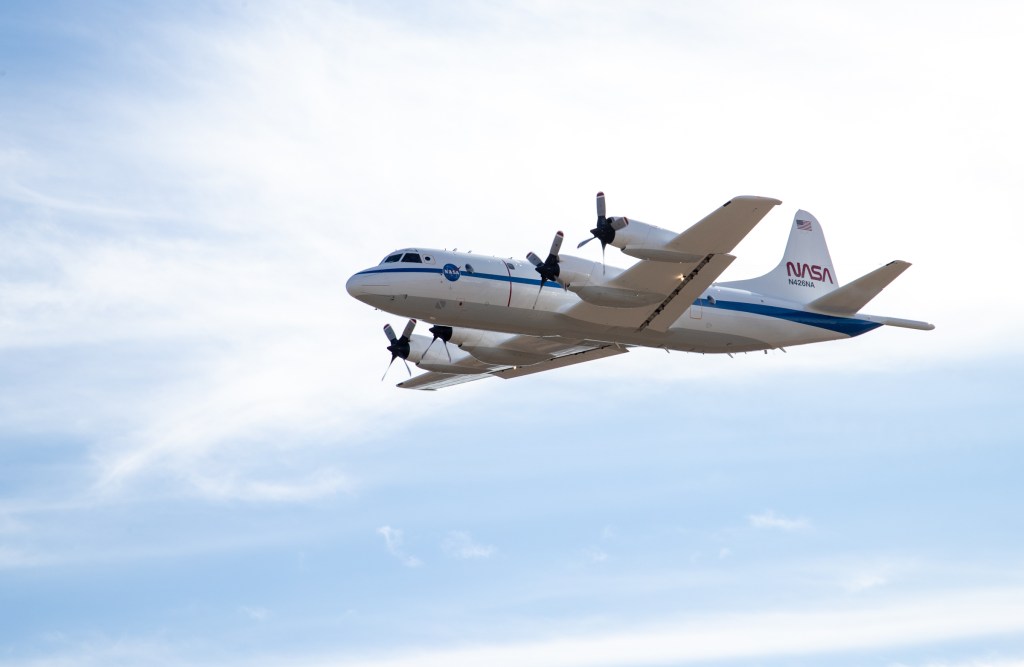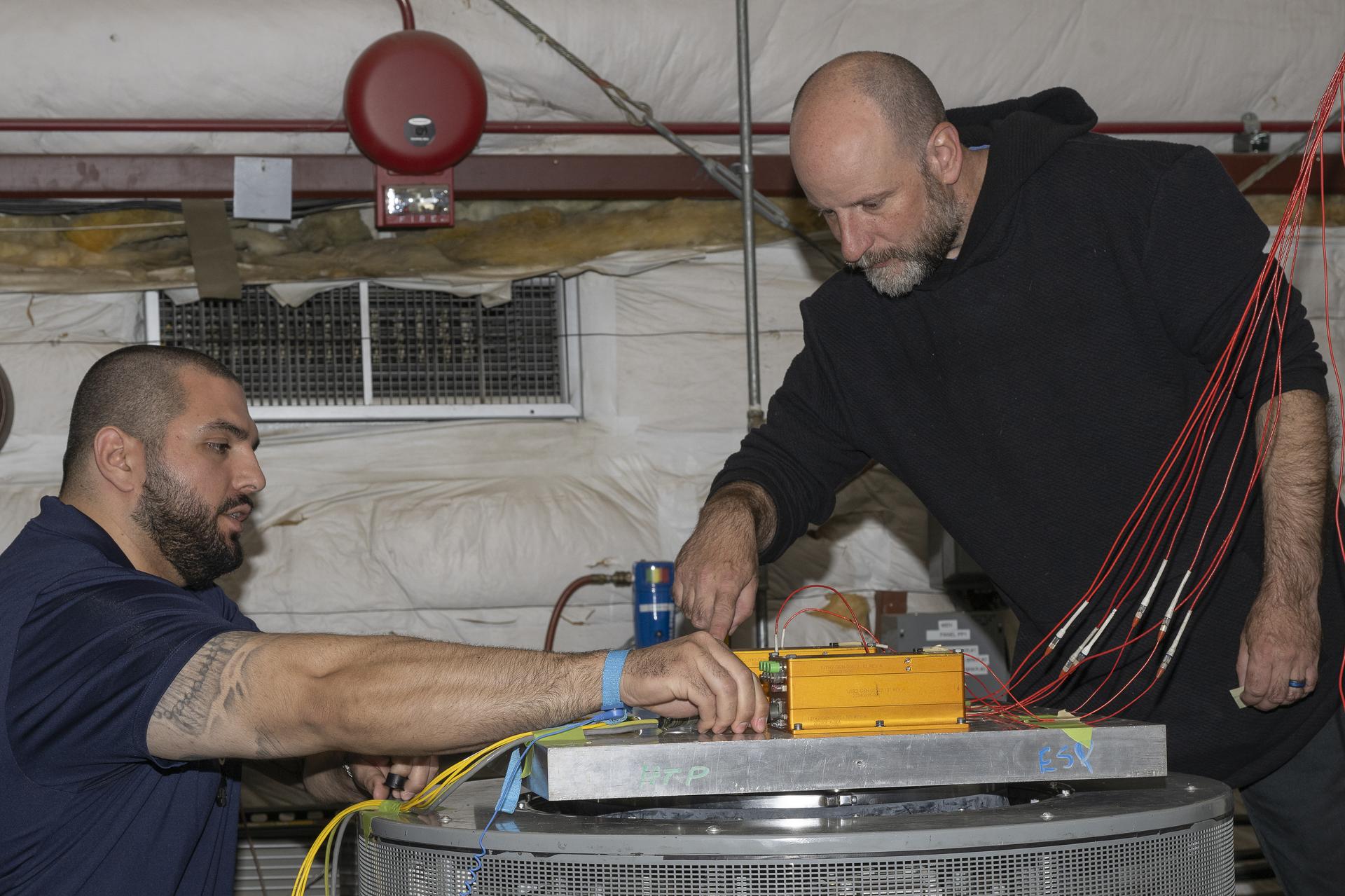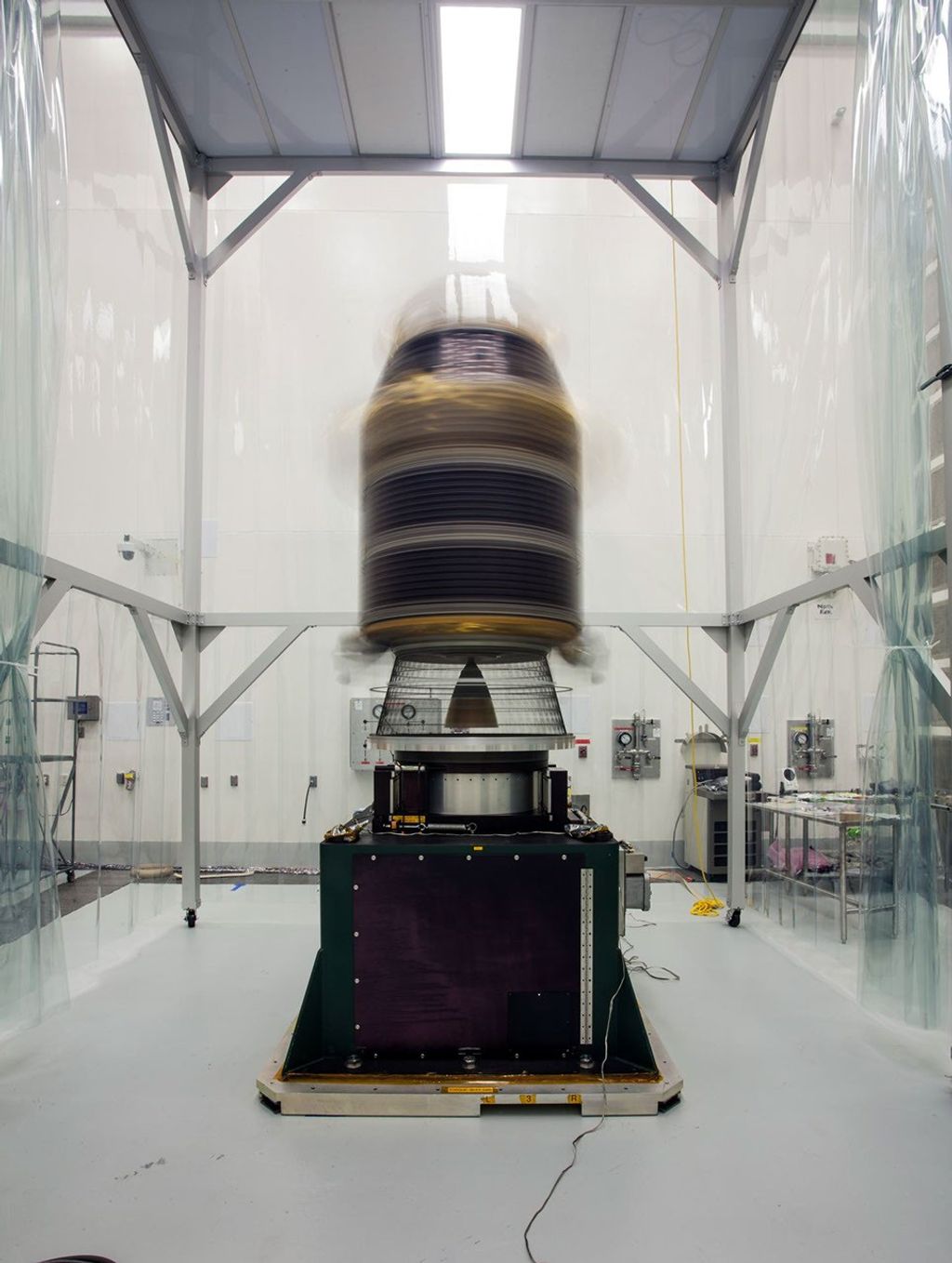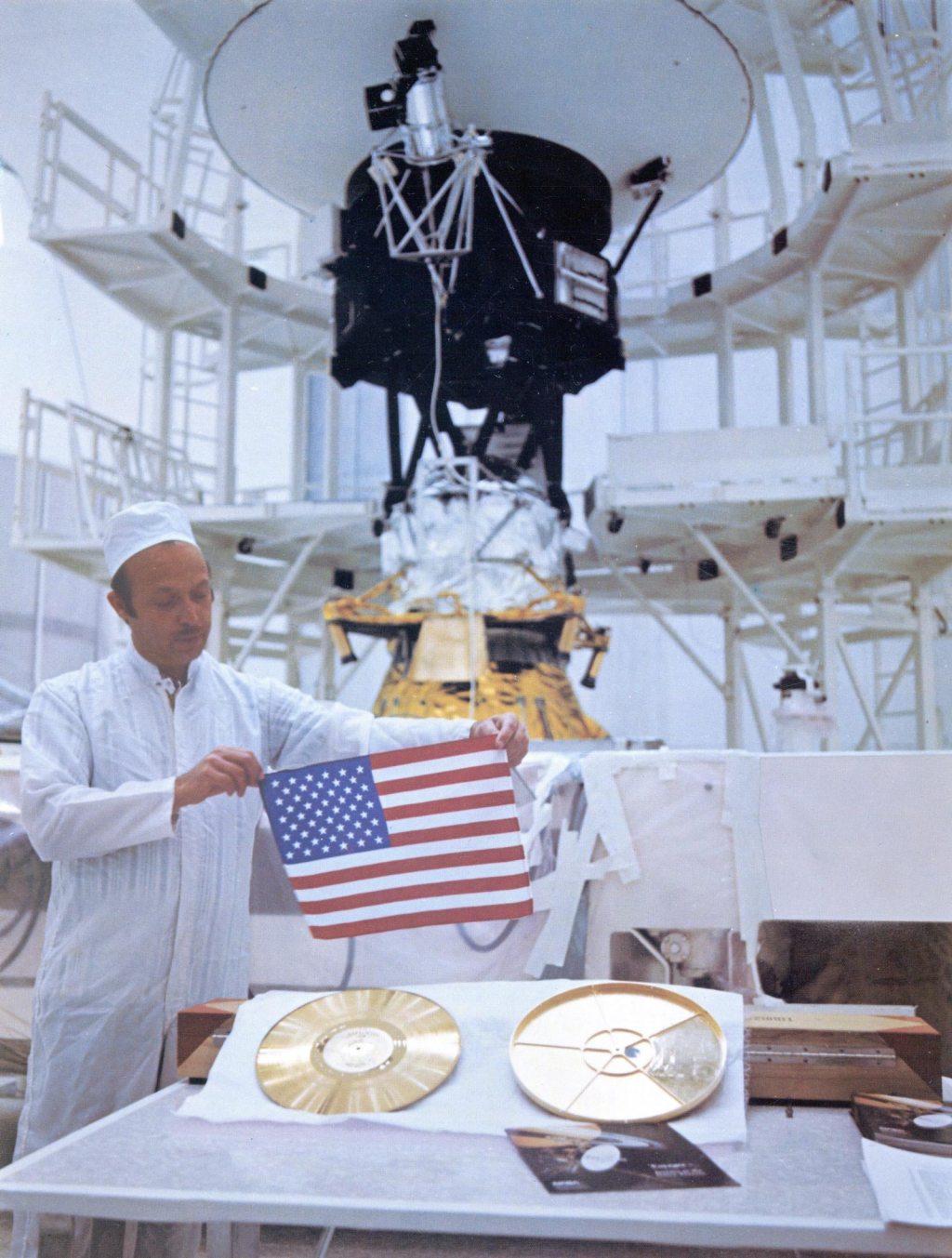1 min read
Hubble’s Improved Optics Reveal Incredible Detail in Giant Cloud of Gas and Dust
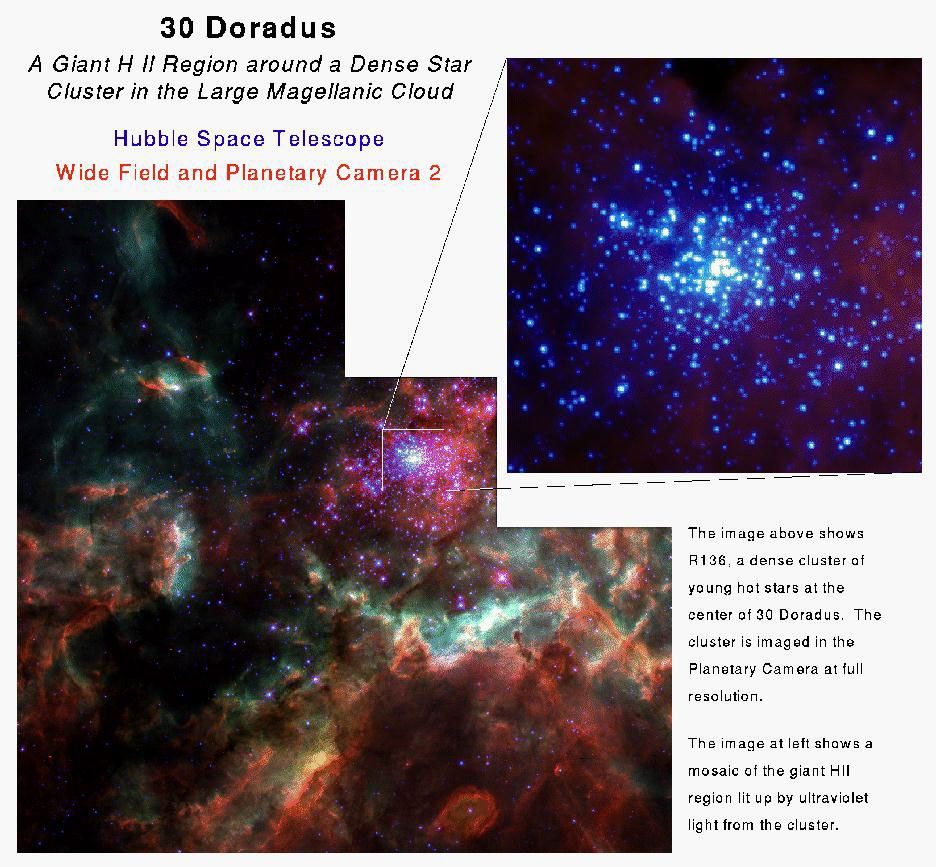
An image of a star-forming region in the 30 Doradus nebula, surrounding the dense star cluster R136. The image was obtained using the second generation Wide Filed and Planetary Camera (WFPC-2), installed in the Hubble Space Telescope during the STS-61 Servicing Mission. The WFPC-2 contains modified optics to correct for the aberration of the Hubble's primary mirror. The new optics will allow the telescope to tackle many of the most important scientific programs for which the it was built, but had to be temporarily shelved with the discovery of the spherical aberration in 1990.
The large picture shows a mosaic of the images taken with WFPC-2's four separate cameras. Three of the cameras, called the Wide Field Cameras, give HST its "panoramic" view of astronomical objects. A fourth camera, called the Planetary Camera, has a smaller filed of view but provides better spatial resolution. The image shows the fields of view of the four cameras combined into a "chevron" shape, the hallmark of the WFPC-2 data.
The image shows a portion of a giant cloud of gas and dust in 30 Doradus, which is located in a small neighboring galaxy called the Large Magellanic Cloud about 160,000 light years away from us. The cloud is called a H II region because it is made up primarily of ionized hydrogen excited by ultraviolet light from hot stars. This is an especially interesting H II region because unlike nearby objects which are lit up by only a few stars, such as the Orion Nebula, 30 Doradus is the result of the combined efforts of hundreds of the brightest and most massive stars known. The inset shows a blowup of the star cluster, called R136.
Even at the distance to 30 Doardus, WFPC-2's resolution allows objects as small as 25 light days across to be distinguished from their surroundings, revealing the effect of Th hot stars on the surrounding gas in unprecedented detail. (For comparison, our solar system is about half a light day across, while the distance to the nearest start beyond the Sun is 4.3 light years.) Once thought to consist of a fairly small number of supermassive stars, R136 was resolved from the ground using "speckle" techniques into a handful of central objects. Prior to the servicing mission, HST resolved R136 into several hundred stars. Now, preliminary analysis of the images obtained with the WFPC-2 shows that R136 consists of more than 3000 stars with brightnesses and colors that can be accurately measured. It is these measurements that will provide astronomers with new insights into how clouds of gas suddenly turn into large aggregations of stars. These insights will help astronomers understand how stars in our own Galaxy formed, as well as providing clues about how to interpret observations of distant galaxies which are still in the process of forming. For example, the new data show that at least in the case of R136, stars with masses less than that of our Sun were able to form as rapidly as very massive stars, qualifying this as a true starburst.
The Wide Field Planetary Camera-2 was developed by the Jet Propulsion Laboratory and managed by the Goddard Space Flight Center for NASA's office of Space Science.
About the Object
- R.A. PositionR.A. PositionRight ascension – analogous to longitude – is one component of an object's position.05h 38m 42.39s
- Dec. PositionDec. PositionDeclination – analogous to latitude – is one component of an object's position.-69° 6' 2.81"
- Object NameObject NameA name or catalog number that astronomers use to identify an astronomical object.30 Doradus, R136
- Release DateJanuary 13, 1994
- Science ReleaseHubble’s Improved Optics Reveal Incredible Detail in Giant Cloud of Gas and Dust
- Credit
Share
Details
Claire Andreoli
NASA’s Goddard Space Flight Center
Greenbelt, Maryland
claire.andreoli@nasa.gov

